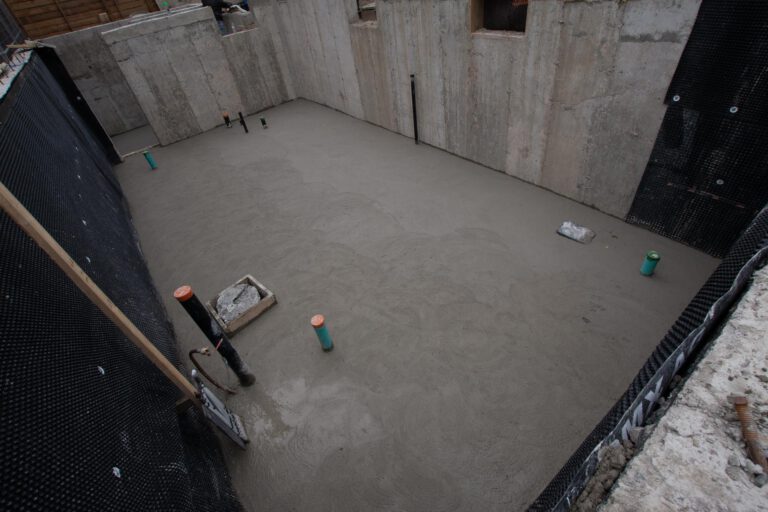Waterproofing: Benefits and Practices After Demolition or Excavation
The Importance of Waterproofing After Demolition or Excavation
When it comes to construction and renovation, the demolition or excavation phase is just the beginning. What comes next is equally crucial to the longevity and safety of your structure. That’s where waterproofing steps into the spotlight.
It’s not just an extra step in the building process; it’s a vital component that safeguards your investment from water damage, which can be both costly and dangerous.
Why Waterproofing Matters
Water damage can lead to a host of problems, including mould growth, structural damage, and even health issues for those occupying the space. By implementing waterproofing measures after demolition or excavation, you’re essentially putting up a barrier that protects your building from the inside out.

Benefits of Waterproofing Your Property
Understanding the benefits of waterproofing will help you appreciate why it’s a critical aspect of construction and renovation projects.
Protects the Structural Integrity
Water is one of the main enemies of structural integrity. Over time, water exposure can erode foundations, weaken walls, and cause significant damage.
Waterproofing your property ensures that the structure remains stable and safe from water damage for years to come.
Prevents Mould and Mildew
Increases Property Value
A waterproofed property improves property value. It signals that the property is well-maintained and protected against common issues, potentially increasing its market value.
Best Practices in Waterproofing After Demolition or Excavation
Assessing the Site
The first step in the waterproofing process is a thorough assessment of the site. This involves identifying potential water entry points and understanding the environmental conditions that could affect waterproofing needs. By doing this, we can tailor a waterproofing solution that meets the requirements of the property.
Choosing the Right Waterproofing Materials
There are various waterproofing materials available, each suited to different types of structures and exposure levels. Options range from liquid membranes, bituminous coatings, to PVC membranes.
The right waterproofing material selection is very important, as it will drastically improve the efficiency and longevity of your system.
Proper Installation is Key
Having the installation carried out by experts who understand the nuances of waterproofing, in order for the waterproofing to function as intended, is crucial. After surface preparation, materials should be applied evenly and thoroughly.
Maintenance and Inspection
Waterproofing isn’t a set-and-forget solution. It’s important to regularly inspect the waterproofing material and therewith find potential issues early on.
Furthermore, wear and tear on the waterproofing system needs to be inspected and leaks, cracks and other potential issues can be identified during inspection and should be fixed as soon as possible.
Conclusion
In the grand scheme of construction and renovation projects, waterproofing is a critical step that shouldn’t be overlooked. It will protect the structure from water, preserves structural integrity, and can even increase property value.
By following best practices in waterproofing after demolition or excavation, you’re taking a proactive step towards safeguarding your investment for the future.
Remember, don’t just focus on building something new; ensure it lasts. Hiring a professional like GRND is exactly how you can achieve this.
Request a Free Quote
If you have any questions please contact us.
If you would like to read more, please return to our blog page.
